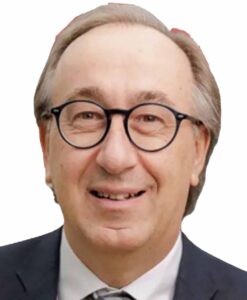
With the imminent introduction of the Airbus A321XLR into service, we anticipate the expansion of long-haul narrow-body flights, potentially transforming long-distance travel on single-aisle aircraft.
Airbus is scheduled to deliver its first Airbus A321XLR to Iberia instead of original launch customer Aer Lingus. It will serve Barajas to Boston. The loss is a casualty of IALPA’s campaign of strike action against Aer LIngus
To date, over 500 A321XLRs have been ordered by customers globally. Among the customers are Aer Lingus, Icelandair and United Airlines, who intend to substitute their aging Boeing 757s with the A321XLRs.
- Direct Flights: Long-haul narrow-body flights can serve smaller destinations without needing a major hub connection, potentially saving overall travel time.
- Potentially Lower Fares: Airlines benefit from the lower operating costs of narrow-body aircraft, which may translate to more affordable ticket prices for passengers.
- Cons:
- Tighter Quarters: Narrow-body cabins offer less space compared to wide-body aircraft, resulting in smaller seats, less legroom, and potentially limited overhead bin space.
- Boarding Blues: Single-aisle boarding can be a slower process, especially on full flights, leading to additional waiting time before takeoff.
- Limited Amenities: Narrow-body aircraft may have fewer in-flight amenities due to less overall space compared to wide-body options.
- Restroom Roulette: Most restrooms on narrow-body aircraft are located at the rear, causing disruptions for passengers seated further forward who need frequent restroom trips. Additionally, slower cruising speeds can prolong flight times, especially in the presence of strong headwinds on westbound transatlantic routes.



